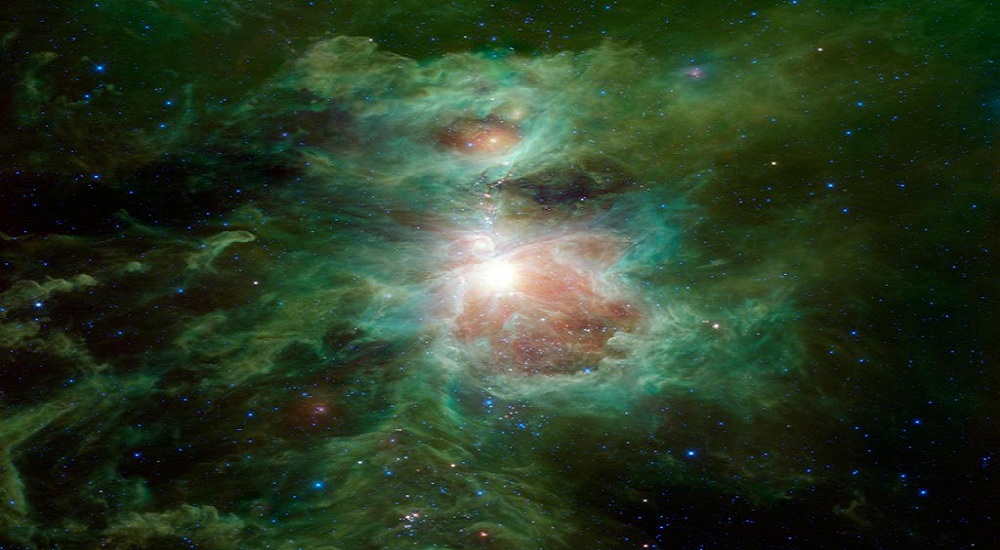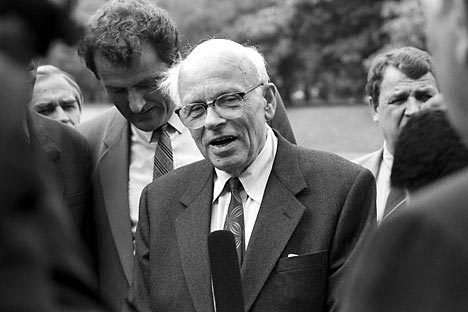Asymmetry
The universe, we are told from a young age, is composed of matter. However, as the information on this website has already discussed, any production of matter observed so far has been in pairs: a matter particle with its antimatter counterpart. We also know that antimatter is created naturally on earth during thunderstorms, and that when matter and antimatter come into contact, they annihilate each other. So, why is our world made of matter, and not antimatter? Why is there so much more matter and antimatter in our universe? Is it possible that there are universes out there that are made of antimatter?
These questions lead us deeper into the mystery of antimatter, and involve some very complex theories and physics. The following topics are much more complex than those already covered in this website. While we will only scratch the surface of these intricate and incredibly interesting topics in order to present a general idea of the concepts, there are some great resources out there that will go much more into the detail and difficulties of these theories. Challenge yourself by reading this section! If you understand it easily, you could have a promising career in particle physics ahead of you!
 A picture of the Orion Nebula created by NASA
A picture of the Orion Nebula created by NASA
Matter-Antimatter Asymmetry
When we discussed pair production, we learned that matter cannot be created without also creating an antimatter particle. This poses a problem: When the universe was created, the same amount of matter and antimatter would have had to come into existence. If this were the case, then all that matter and antimatter would have annihilated, and we would be left with nothing again!
The fact that our world exists forces us to consider how and why there could be so much more matter than antimatter. The leading theory for this matter-antimatter asymmetry is called baryogenesis[1].
Baryogenesis

The theory of baryogenesis proposes a process that can produce matter from energy, but without also creating its antimatter opposite at the same time. This process would create only matter.
In 1967 a physicist by the name of Andrei Sakharov, pictured left[2], proposed three conditions that would make baryogenesis a possibility. Sakharov's criteria are:
- 1. There must be a process that can change the baryon number (the amount of a general class of particles which includes protons and neutrons, which is thought to be a constant). This would account for the difference between the number of all the baryons and antibaryons in the universe.
- 2. This process needs to favour baryons
- 3. This process needs to be out of thermal equilibrium
The second condition is pretty easy to understand as being true, without having to do much to prove it. After all, we do live in a world made of matter! If the universe favoured antimatter, then antimatter would be the prevalent substance. If neither matter nor antimatter were favoured, then there should be equal amounts of each.
The first and second criteria are not so easily explained. One theory that offers an explanation is the Electroweak Phase Transition. After the big bang, the universe was extremely hot. It immediately began to cool while it expanded. Symmetries that existed between the different forces of our universe (electricity, magnetism, gravity, and the weak and strong nuclear forces) began to break in rapidly expanding bubbles. Throughout this cooling process, the universe would have been out of thermal equilibrium, satisfying Sakharov's third condition. The process described in Sakharov's first criterion has not yet been discovered.
Theories of Baryogenesis
RECENT PROGRESS IN BARYOGENESIS
Electroweak phase transition and baryogenesis
NUCLEAR AND PARTICLE SCIENCE
References
[1]Sather, E. (1999). The mystery of the matter asymmetry. Retrieved from http://www.slac.stanford.edu/pubs/beamline/26/1/26-1-sather.pdf
[2]Itar Tass. (Producer). (2011). Andrei sakharov. [Web Photo]. Retrieved from http://indrus.in/assets/images/2011-06/medium/TASS_sakharov468.jpg

